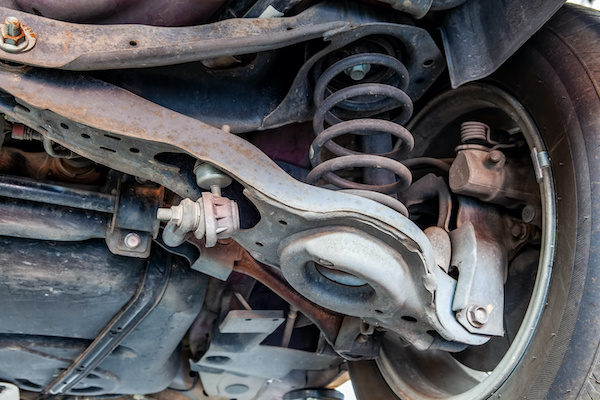
Struts and Shocks in a car are essential elements that maintain a comfortable and smooth ride on the road. Unfortunately, realizing when to replace the shocks and struts might be challenging because they are among the components that go bad slowly. These parts are not easy to observe, and observation might require disassembling, which is not cost-effective or even convenient to any driver.
The car has unique ways of communication trouble to the driver. A good car owner pays attention to the car and listens to its needs to detect possible problems with any comment. Struts and shocks also communicate trouble to the driver. These are some of the symptoms of faulty shocks and struts:
Decreased Stability and Control
When shocks and struts are worn out, it becomes challenging to maintain control of the vehicle. It might slide to one side when turning. Driving in bumpy or harsh roads, the ride becomes very uncomfortable and intense.
Increased Stopping Distance
Paying attention to the stopping distance is a significant alarm for a faulty strut. The end of the vehicle rises, and the front lowers while breaking. It is an indication of excessive play in your shocks, reducing their ability to maintain the tires on the road. Faulty shocks lead to slowed steering responses, which increase risks on the road.
Bumpy Driving
Shocks and struts reduce the suspension movement to make the ride smooth, comfortable and safe. Worn out shocks and struts make the tires lose contact with the road resulting in a bumpy and chaotic ride.
Strained Steering
The steering system forms part of the suspension system. Worn out struts and shocks can make the wheel stiff and make turning back strenuous. Turning the wheel may further produce noises indicating faulty struts and shocks.
Our ASE certified experts have superior experience in car diagnosis and repairs. We handle all suspension issues, including shocks and struts. Visit us today and get your car steady.